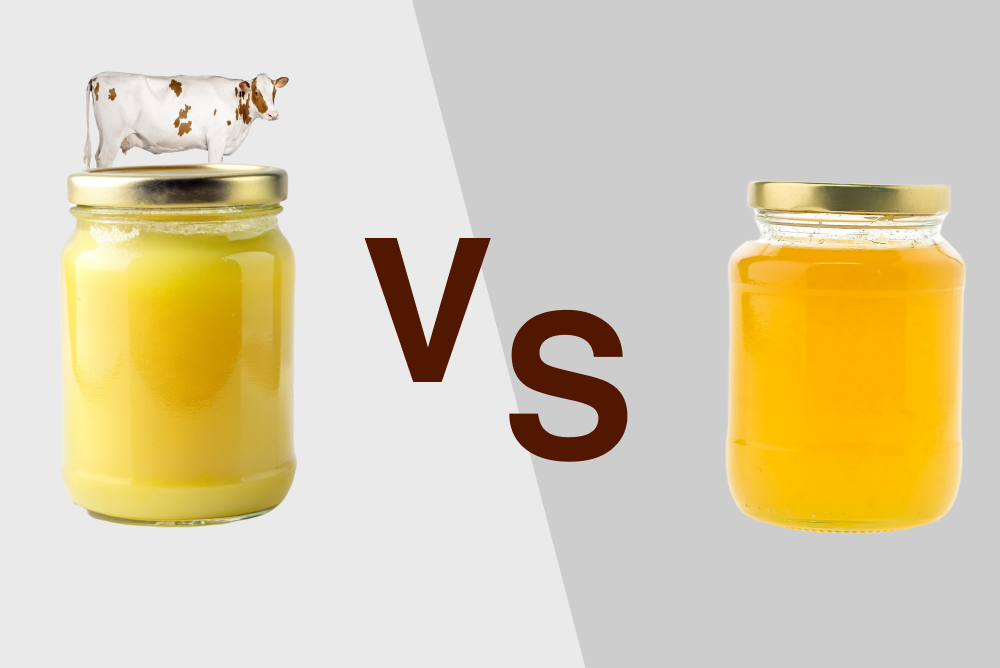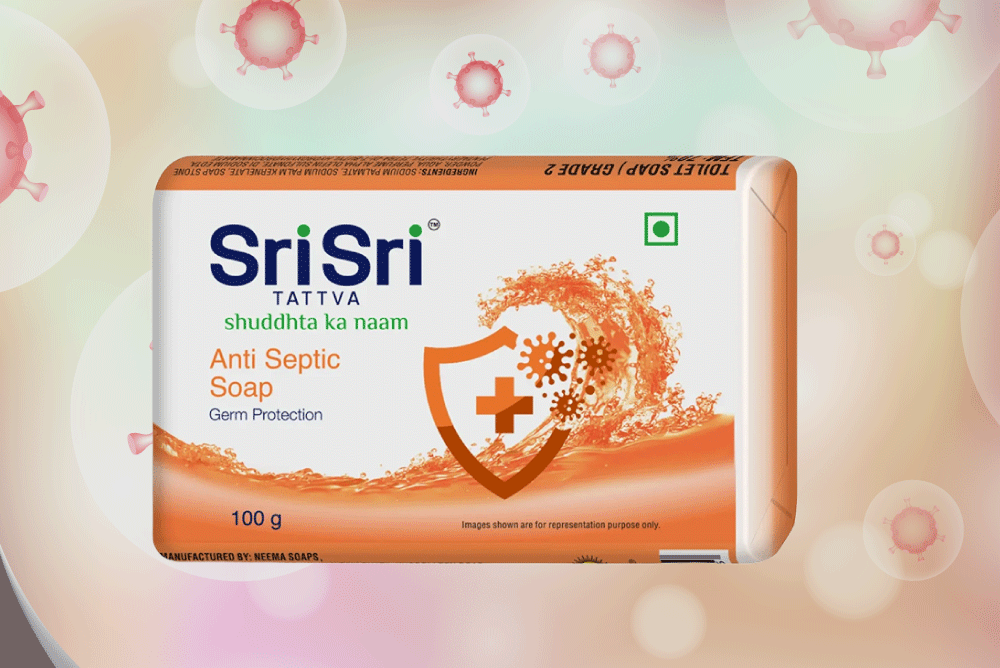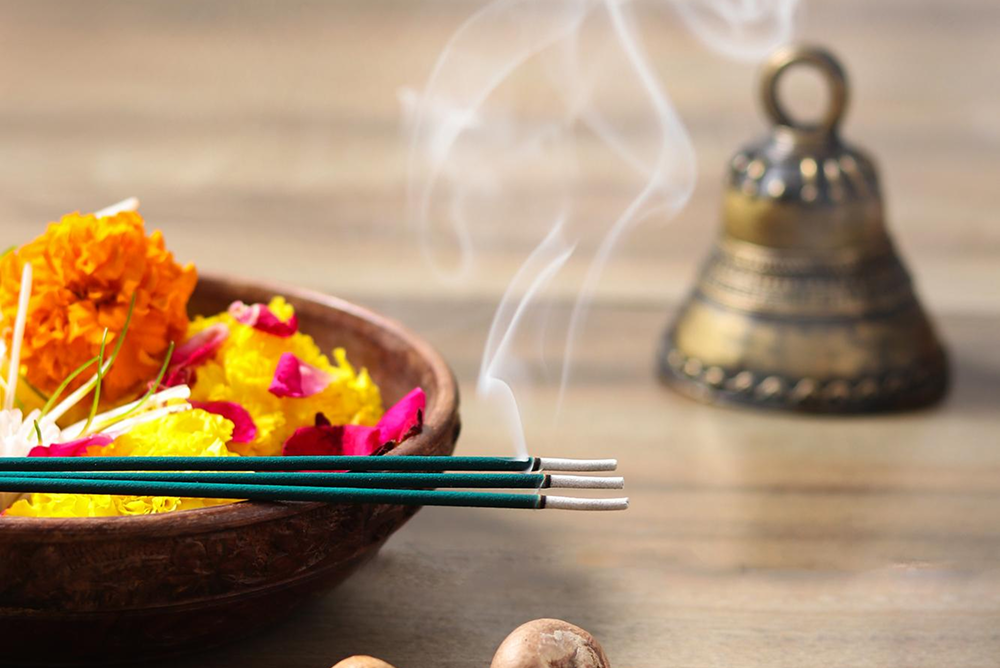You know the struggle if you’ve ever stood in a grocery store aisle staring at different ghee options. A2 cow ghee, desi cow ghee, bilona ghee, organic ghee—so many choices! And let’s be honest: ghee isn’t just another ingredient in Indian kitchens; it’s a staple that’s been around for centuries.
But is A2 ghee different from regular ghee, or is it another food trend? Let’s break it down in a way that makes sense.
What exactly is A2 Cow Ghee?
A2 cow ghee is made from the milk of desi (native) cow breeds like Gir, Sahiwal, and Red Sindhi. These cows naturally produce A2 beta-casein protein, which is often considered easier to digest. The ghee is traditionally prepared using the Bilona method—a slow process where the curd is churned into butter and then simmered into ghee.
Regular ghee, on the other hand, is often made from a mix of cow breeds that produce both A1 and A2 proteins. The process is usually faster and more industrialised, with ghee being made directly from cream instead of curd.
A2 Ghee vs. Regular Ghee: What’s the Difference?
1. Type of Milk Used
-
A2 Ghee: Made from the milk of desi cows, which naturally produce A2 protein.
-
Regular Ghee Often comes from hybrid cows that produce both A1 and A2 proteins.
2. Traditional vs. Modern Processing
-
A2 Ghee: Prepared using the Bilona method, which retains its nutrition and texture.
-
Regular Ghee: Usually made from cream, skipping the traditional churning process.
3. Digestion & Health
Many people who feel bloated or uncomfortable after consuming dairy products find A2 ghee easier to digest. While studies are still ongoing, A2 protein is believed to be natural for human consumption. If you’re looking for healthy ghee, A2 might be worth a try.
4. Taste, Aroma & Texture
-
A2 Ghee: Grainy, aromatic, and rich in flavour due to slow cooking.
-
Regular Ghee: Often smoother with a milder aroma.
Who Should Consider A2 Cow Ghee?
If you love desi cow ghee and prefer a traditional touch to your cooking, A2 ghee might be a great choice. Many people opt for it because of its traditional preparation and digestion-friendly nature.
That said, if you want a versatile, high-quality ghee for everyday cooking, Sri Sri Tattva Pure Cow’s Ghee is an excellent option. It works well for frying, baking, or just drizzling over dal-chawal.
How to Spot Authentic A2 Ghee
With so many brands claiming to sell “pure” A2 ghee, how do you ensure you’re getting the real thing? Here’s what to check:
✔ Check the Source – The label should specify the cow breed (e.g., Gir, Sahiwal).
✔ Texture & Color – A2 ghee is usually golden and grainy, unlike the smooth texture of regular ghee.
✔ Aroma Test – Authentic A2 ghee has a strong, nutty fragrance that fills the room when heated.
✔ Brand Transparency – Trusted brands like Sri Sri Tattva A2 Ghee provide clear details about sourcing and preparation.
What Does Science Say?
Several studies have explored the benefits of ghee - here’s one study by the IP Journal of Nutrition, Metabolism and Health Science that shares the health benefits of ghee from an Ayurvedic perspective! A study by the Indian Journal of Hill Farming explores the difference between A1 & A2 Milk.
Final Verdict: Which Ghee is Right for You?
At the end of the day, it all comes down to what you’re looking for:
-
If you want ghee made using traditional methods, try Sri Sri Tattva A2 Ghee.
-
If you need everyday cooking ghee that’s rich and pure, go for Sri Sri Tattva Pure Cow’s Ghee.
Whichever you choose, one thing is certain—good ghee makes everything taste better!







